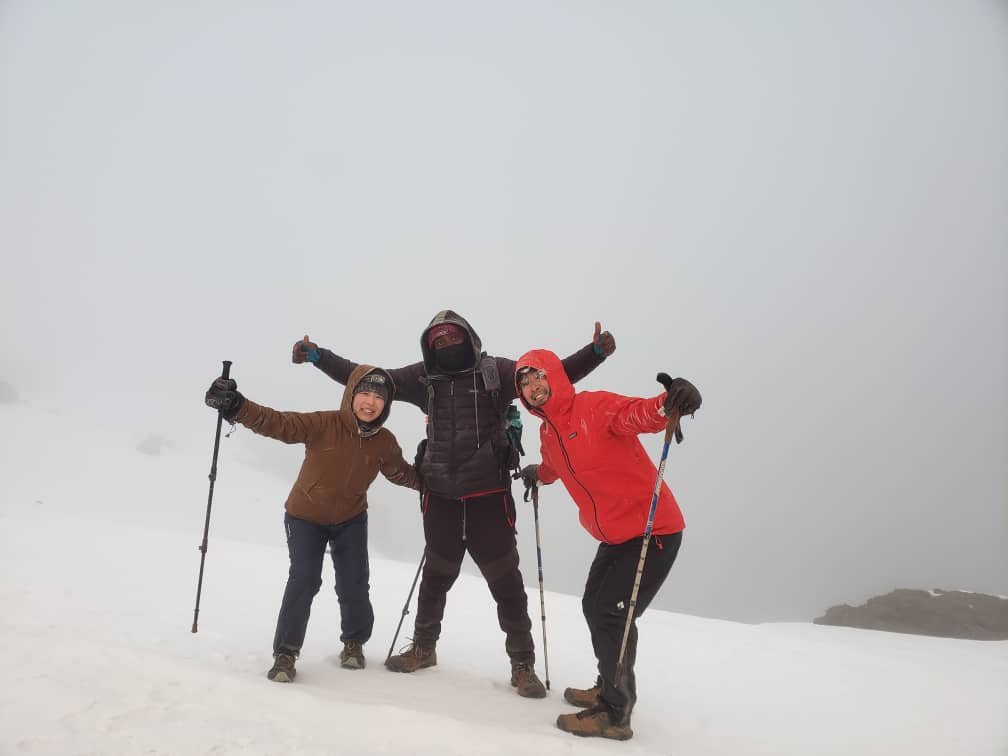Kilimanjaro Speed Records- Defying the Odds with Fastest Climbs
Kilimanjaro, the highest peak in Africa and the tallest free-standing mountain in the world, stands at an impressive 19,341 feet (5,895 meters). It is a popular destination for adventure seekers and nature enthusiasts, with thousands of climbers attempting to reach its summit every year.
However, for some, simply reaching the top is not enough. These determined individuals push themselves to the limit, attempting to set new speed records for the fastest climb up Kilimanjaro.
Let’s take a look at some of the remarkable achievements of those who have conquered this monumental feat in record time.
The Current Record Holders:
The current record for the fastest ascent and descent of Kilimanjaro stands at just 6 hours 56 minutes and 24 seconds, achieved by Swiss alpinist Karl Egloff in August 2014. Egloff beat the previous record of 7 hours 14 minutes set by Spanish runner Kilian Jornet, making him the undisputed speed king of Kilimanjaro.
This is an incredible feat, considering that it takes most climbers 5-7 days to reach the summit and return to the basecamp.

The Fastest Female Climb:
On February 23 of this year, Kristina set a new World Record. She became the quickest female runner to reach the summit of Mt Kilimanjaro, the highest mountain in Africa. In an impressive feat, she completed the summit in just 6 hours and 52 minutes and 54 seconds.
This remarkable accomplishment was achieved by a talented athlete who trains in a country where the highest peak is less than 200 meters tall. She beat the previous record set by Brazilian Fernanda Maciel who recorded an ascent time of 7 hours 8 minutes.
And prior to this record, German ultra runner Anne-Marie Flammersfeld set a record time of 8 hours and 32 minutes to reach the top of Kilimanjaro.
Flammersfeld’s record time was a big leap at the time, smashing the previous female speed record held by Brit Becky Shuttleworth by three hours.
Simon Mtuy — Setting a Different Kind of Record:
While speed records are often the focus of Kilimanjaro climbs, there have been those who have set out to achieve a different kind of record – Simon was determined to shatter the silence surrounding HIV/AIDS in the mountain region, so he embarked on a mission to achieve the fastest unsupported ascent and descent of Kilimanjaro.
In a remarkable feat, he accomplished this in just 9 hours, 21 minutes, and 47 seconds, aiming to bring attention to the disease and its impact.
Challenging the Odds:
The fast-paced achievements of these record holders have undoubtedly inspired others to push their physical limits and attempt to break these records. However, speed climbing Kilimanjaro is no easy feat.
The altitude, terrain, and unpredictable weather conditions pose serious challenges for even the most experienced climbers. The thin air at high elevations makes it harder to breathe and can cause altitude sickness, which can be life-threatening.
The steep and rocky terrain adds to the difficulty, and sudden changes in weather can turn a seemingly doable climb into a treacherous one.
The Future of Kilimanjaro Speed Records:
As more and more climbers attempt to break speed records, the question arises – how fast can one go up and down Kilimanjaro safely? With the proper training, equipment, and support, it is possible to push the boundaries and achieve remarkable feats.
However, it is crucial to remember that the main goal of any Kilimanjaro climb should be to reach the summit safely, rather than breaking records. Speed climbing Kilimanjaro is not for the faint of heart, and the risks involved should always be taken into consideration.
In conclusion,
Kilimanjaro speed records are awe-inspiring achievements that showcase the determination and physical capabilities of humans. They serve as a testament to the power of the human spirit and our endless pursuit of pushing the limits.
However, these records also come with cautionary tales and remind us that safety should always be the top priority when attempting such daring feats. As we continue to challenge ourselves and break boundaries, Kilimanjaro will stand tall, testing our limits and serving as a reminder of the remarkable heights that humans can reach.







